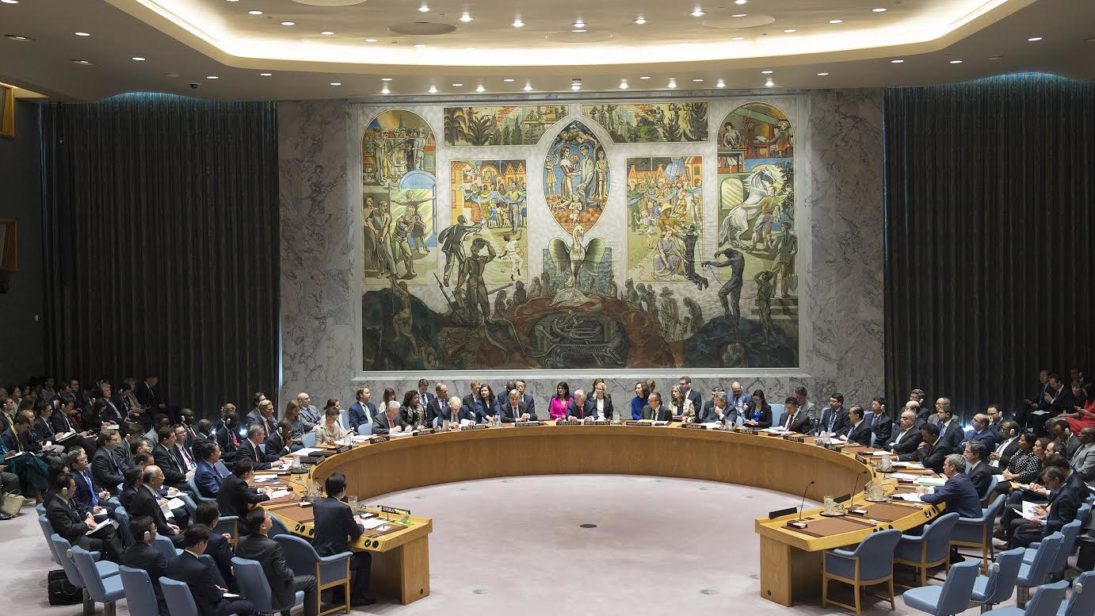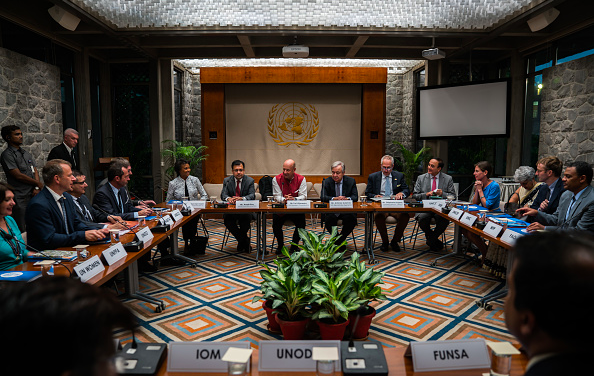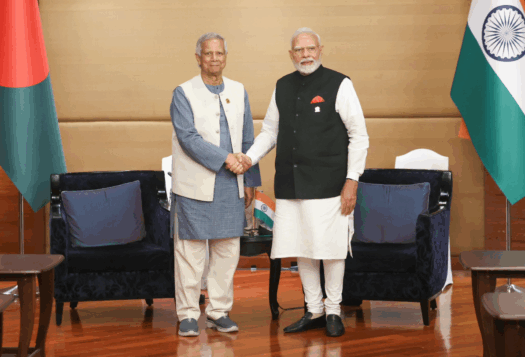
Nearly two decades after the United Nations adopted the landmark Women, Peace, and Security (WPS) agenda, India remains one of the many member states that are yet to develop a WPS National Action Plan (NAP). On October 31, 2000, the United Nations Security Council unanimously passed Resolution 1325 (UNSCR 1325) with the aim of ensuring that all efforts towards peace building and post-conflict reconstruction aligned with efforts towards achieving gender equality. The resolution seeks to include women at all levels of decision-making and at every stage of a conflict timeline. It also calls for incorporating the needs and concerns of women in relief and recovery efforts.
India, alongside other developing countries, extended its support to the agenda and on various occasions has demonstrated its willingness to embrace the thematic resolution. However, nineteen years after the passage of UNSCR 1325, India is far from adopting a national action plan (NAP). Action plans provide a mandate to outline priorities, project time frames, and budget allocation for the effective implementation of the resolution within a country’s domestic affairs. India has repeatedly made verbal reference to its commitment to the resolution, which belies a lack of concrete progress towards achieving the agenda domestically. Nonetheless, the absence of a NAP within India’s domestic realm likely stems from its long-standing concerns about the international community violating its sovereignty.
A Lukewarm Commitment to UNSCR 1325
The absence of a NAP within India’s domestic realm likely stems from its long-standing concerns about the international community violating its sovereignty.
Upon first glance, India appears to have engaged successfully with the WPS agenda, but deeper investigation reveals that India has not yet fully committed to UNSCR 1325, neither in abstract nor in practice. India’s high-profile international security activities with women have failed to provide them with satisfactory involvement in military as well as peacekeeping missions. For example, India’s provision for an all-female police unit to the UN Peacekeeping Mission in Liberia might have represented as a transformative step, but during peacekeeping deployment, female officers’ participation has centered more on support and care-giving roles. Female officers played a more restricted role in the military elements of the mission.
In limiting female officers’ participation to support, and restricting their involvement in the mission’s military core, the initiative did not align with the backbone of UNSCR 1325, which demands the recognition of women as equal partners in every stage of peace and security governance. Integrating women into the infantry but constraining their participation does little to resolve wider gender disparities prevalent within the armed forces.
An alternative strategy to a standalone NAP—which also serves as a measure of India’s commitment towards UNSCR 1325—are domestic efforts to mainstream the WPS agenda into wider national policies, including through development plans, national security and defence policies, and schemes for the advancement of women. Thus far, however, the Indian government has not articulated any explicit national policy on conflict prevention, women’s political inclusion at the center, or female participation in peace discussions vis-a-vis the WPS agenda.
India’s engagement with WPS has, thus, largely been limited to the international stage where UNSCR 1325 has become more of a foreign policy talking point than a domestic policy concern. As a consequence of this, repeated calls for an Indian NAP on WPS have fallen on deaf ears. India’s showy international rhetoric on the matter and lack of domestic policies highlights its only lukewarm commitment to UNSCR 1325.
In fact, India’s current efforts to highlight the WPS agenda on an international stage can largely be attributed to it eyeing a permanent seat in the UNSC. Linking the WPS debate to a fight for a UNSC permanent seat, Ambassador Asoke Kumar Mukerji stated, during the 2015 UNSC open debate on WPS, that, “to sustain solutions to conflict situations, we must synergize the WPS Agenda with the relevant Agenda 2030 goals for sustainable development. Unless the members of UNSC are able to reflect this perspective into their deliberations while drawing up mandates for peace operations, we will not succeed in doing so.” He specifically tied representation on the Council to effective WPS implementation, saying that “developing countries must have a greater presence in the permanent membership of this Council.” The UN and its members can perhaps use this association as leverage or as an encouragement for India to implement the WPS agenda domestically.

Understanding India’s Reluctance
India’s lukewarm commitment to UNSCR 1325 in practice and its inability to implement a NAP likely stem from its worries over the international community violating its sovereignty. Since its independence, India has operated staunchly on principles of non-interference and national sovereignty. India thus perceives UN policies and programmes allowing third-party involvement in its domestic affairs as imperialist in nature.
It is this perception that has predominantly guided the country’s relationship with UNSCR 1325 as the resolution’s application within India’s domestic context could invite foreign interference into its internal security matters and end up destabilizing its independent authoritative control.
Because the WPS agenda synchronizes women’s issues with national and international security, the Indian foreign policy establishment fears that ending global violence against women could be used to justify militarized interventions within its national boundaries, thus gender-washing imperialist intentions. Just so, “liberating women” was included among the grounds for justifying foreign military intervention in Iraq and Afghanistan.
The Indian foreign policy establishment fears that ending global violence against women could be used to justify militarized interventions within its national boundaries.
India adopting a NAP could also be utilized as a rationale for the global community to forcefully bind it into supporting additional investments in police, military, and peacekeeping to prevent or respond to gendered violence domestically as well as abroad. For the Indian authorities, this might mean deviating from their natural course of action in response to such situations.
As a result of these insecurities, successive Indian governments have continued to maintain that there are no armed conflicts within the country and that the UNSCR 1325 is therefore not relevant in the Indian context. For example, the government has minimized the conflict zones in Jammu and Kashmir, India’s Northeast, and central India by describing them as “disturbed areas,” allowing the Indian authorities to evade WPS obligations spelt under UNSCR 1325.
Implementing UNSCR 1325 in the Future
India, which has borne witness to the most egregious crimes against women in disturbed or insurgency infested areas, needs to consider a deeper engagement with the UNSCR 1325 around a structured foreign as well as domestic policy strategy. Both the demand and the ability for a fuller commitment to women’s peace and security issues exist in India, although not as much the political will to avoid international interference. As nearly one-sixth of India undergoes some form of armed conflict, it is about time that the initiatives at the international stage are replicated within the domestic sphere, either through the adoption of a NAP or through mainstreaming the principles of the WPS agenda within its wider national policies.
***
Image 1: Wikimedia Commons
Image 2: Giles Clarke via Getty Images


